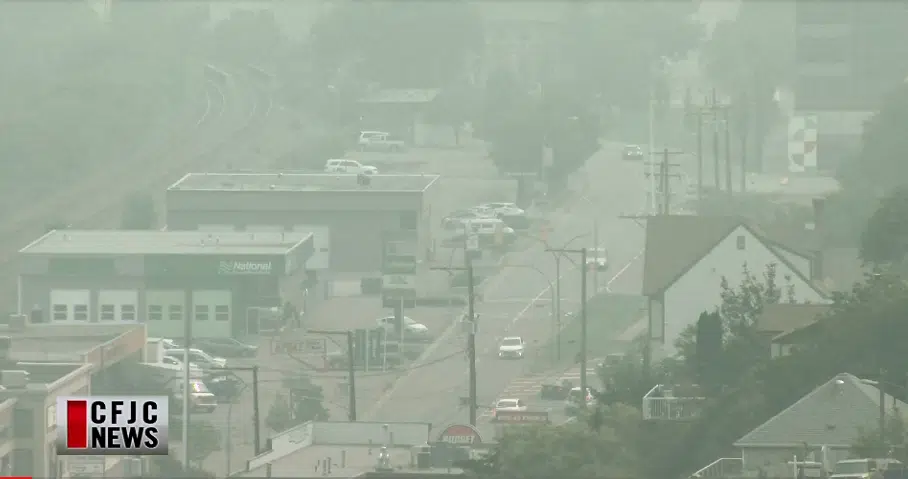
Why it’s still hard to understand the long-term health impacts of wildfire smoke
KAMLOOPS — Over the past two wildfire seasons, the sky in the Southern Interior was covered by a thick, grey blanket of smoke — sometimes for weeks at a time.
In some cities, it’s all you can smell as ash falls from the sky.
Before the 2017 wildfire season, smoke would often come and go in the province’s Interior within a matter of days. Chief Medical Health Officer Dr. Trevor Corneil with Interior Health says that’s no longer the case.
“Primarily, we’ve seen a difference in the amount of time it’s staying,” he says. “Certainly we’ve had fires every year in different parts of our region… What we’re finding now is with the number of fires in northeast B.C., down into the Interior, the smoke cloud covers the whole region, so more people are impacted and it is lasting, instead of several days to weeks, it’s several weeks, which is new.”


